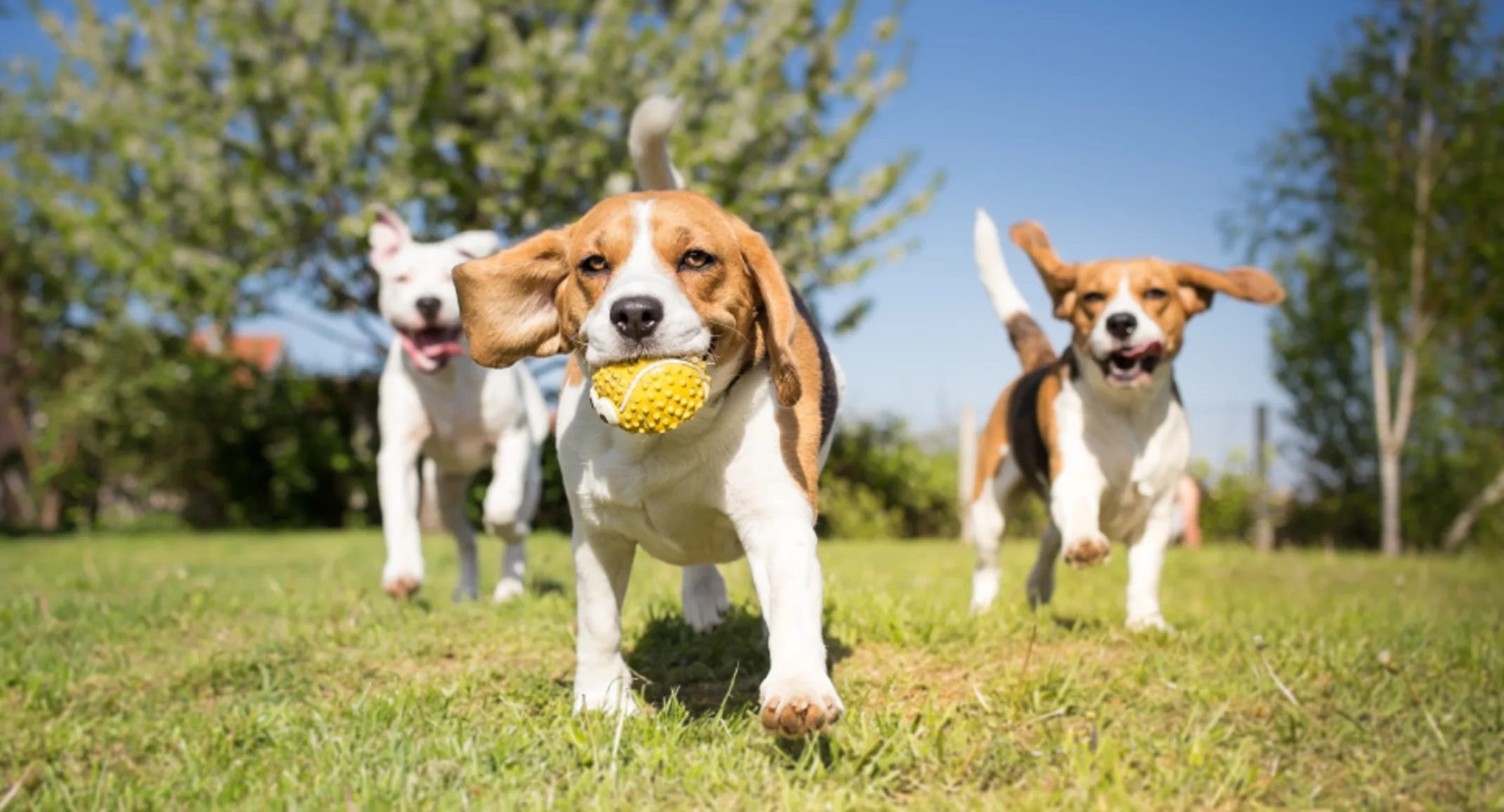Seven Questions to Ask Yourself Before Starting Your Search For A Dog
General

October 1
Thinking about adding a new dog to your household can be exciting, but overwhelming too!
We’ve put together a series of posts to help you through the process. This first post walks you through some of the factors about yourself and your household that you should ask yourself before you even begin your search.
There are so many important questions you should be asking yourself before you even start your search for the perfect pooch. It’s often difficult for people who don’t yet have any pets in their household, as well as current pet owners to know what kind of questions they should be asking themselves. Making yourself aware of all the factors that come along with owning a dog is crucial to avoid unwanted stress and future complications. We’ve put together a list of essential questions to go through with your family, or anyone else who will be living with and/or caring for your future dog.
1) Are you able to take on a new financial commitment?
Calculate an approximate budget for your future dog.
According to the Ontario Veterinary Medical Association, the average annual cost for a puppy in their first year of life is $3699. The average annual cost for an adult dog is $3235. See how this cost breaks down
. Keep in mind that the larger the dog, the higher the annual cost. This means purchasing larger amounts of food, higher doses of any medication needed, etc. All costs of veterinary care increase with a larger dog.
Pet insurance.
We strongly advise purchasing pet insurance, especially in your dog’s first year of life. The best time to get insurance is right when you bring your new dog home! There are lots of different pet insurance companies out there, which is why we don’t recommend a specific company. We do suggest researching the different plans that each company has to offer to choose the best fit for you.
Consider having a back-up emergency pet fund.
Even if you do purchase pet insurance, having a safety net in case of an emergency is so important to make sure you are always prepared if funds are needed at a moments notice. There is nothing worse than having to worry about the financial aspect of treatment when you are trying to focus on your sick pet. We suggest putting aside at least $5000 for pet-related emergencies annually.
2) How big is your home?
Do you have enough space to accommodate a new dog?
Plan and map out where your dog will sleep, what areas of the house they will be permitted in, where their feeding area will be, etc.
Do you have a backyard?
If so, is it fenced in and a safe place to let
your dog out in to? If you have a high energy dog, they will need more space to run around and burn off steam. A lower energy dog may be more content with a smaller space. Even if you have a large dog with lower energy, considering the amount of space they have to themselves is still paramount to their well being. For example, owning a large dog in a building may present multiple challenges, such as not having enough space to exert energy. Smaller dogs may also be trained to use pee pads or even fake turf on a balcony. Pee pads generally are not ideal with a large dog as most pads are not big enough to hold larger urinations.
3) How much time will you spend with your dog?
How much time will you allocate to exercising your dog?
If you are leaving your dog for extended periods of time, will you get a dog walker to take them out? Different breeds have different needs! Some dogs are okay with a ten-minute stroll and others need a 5-10k hike. Make sure you know how much time you have available to allocate to your dog’s physical activity needs.
How often will you be home?
How often will your dog be left alone? A dog with lower energy may be left alone for longer than a high energy dog who will need to be exercised more and may become anxious if they go unstimulated for long periods.
If you are working, can you ever work from home?
Can you bring your dog to work with you? Some workplaces are more flexible than others depending on what kind of job you have. Having a clear idea of your future schedule will help you to plan out how much time you will be spending with your dog.
4) Do you have other pets in the household?
If so, does your current pet get along with dogs? If they do not, are you willing to work on gradually introducing them to your new dog? Implementing boundaries before you bring a dog home will be helpful to your current pet’s happiness and comfort. One suggestion is to initially use baby gates to keep your new dog in a certain area. This will minimize your current pet’s feeling that your new dog is suddenly invading their space with no warning. This way, your current pet does not feel bombarded by a strange new animal and is instead slowly introduced into their territory. Using fear-free pheromones such as Adaptil can also help reduce stress and anxiety between pets. Check out our blog on pheromones for your pets for more information!
5) Do you have children in the household?
How old are the children?
Are they at an age where they are responsible enough to be left alone with the dog?
If you have small children, how will you create boundaries?
Can you always be present to monitor the child and dogs interactions? Younger children generally don’t understand boundaries with animals and may invade their space. They have been known to poke, pull, grab and simply get in a pet’s personal space. Again, using gates to separate the child and the dog may be necessary when they are first learning how to safely interact with each other. We strongly recommend not leaving your child unattended with a new pet before you are fully confident with their relationship.
6) How often do you travel?
Will you travel with your dog?
If you are travelling without your dog, do you have a care plan for your dog when you are away? There are lots of different boarding facilities available to pet owners in Toronto. Finding a facility that caters to your pets specific needs is essential to their welfare. If you have a dog that does not enjoy residing with other dogs, you may choose to take them to an in-home boarder or someone that can focus on giving your dog one on one attention. Larger boarding facilities may be better for dogs that enjoy other dogs company, as they will be in a group setting during the majority of their stay.
Do you have someone you can contact to care for your dog in an emergency?
It is a good idea to discuss with your family and/or friends how much they would be willing to help you with your dog if need be. You should always have someone you can trust to take care of them if you were unable to in unpredictable circumstances.
7) Are there any reasons you would return a dog after bringing them home?
No one wants to ponder this possibility, but the reality is that it does happen; which is why it is extremely important to consider possible “deal breakers”, such as those listed below, and try and assess any potential pet before you bring them home.
Fear, stress and/or anxiety with current pets in the household, family members, children or strangers
Guarding food or toys
Separation anxiety
Excessive barking
Incontinence
Breed-specific health issues. For example, brachycephalic breeds (Bulldogs, Pugs, Boston Terriers, etc.) are dogs with shorter noses and flat faces which results in small nares and extended hard palates. These breeds often deal with various respiratory issues.
Educating yourself before beginning to look for a new dog is paramount to your quality of life as well as your future dog’s life. If you ask yourself all the right questions beforehand and are aware of and prepared for the life changes that come along with owning a new dog, you will most definitely experience a smoother search process!

